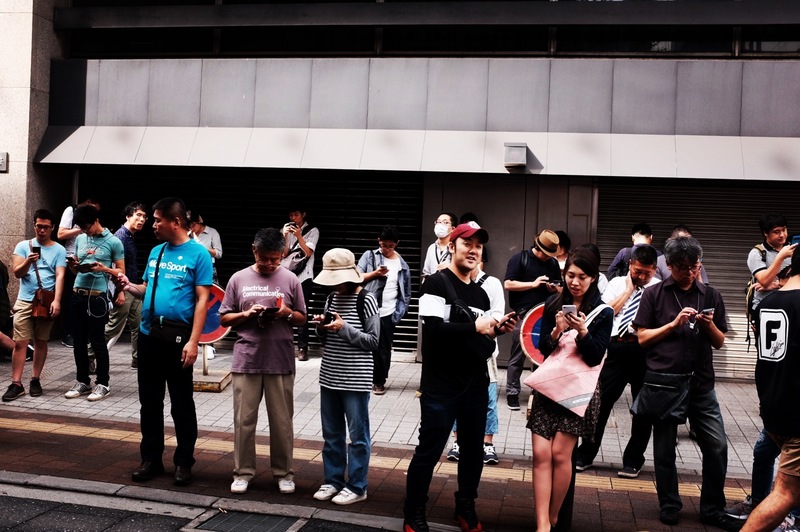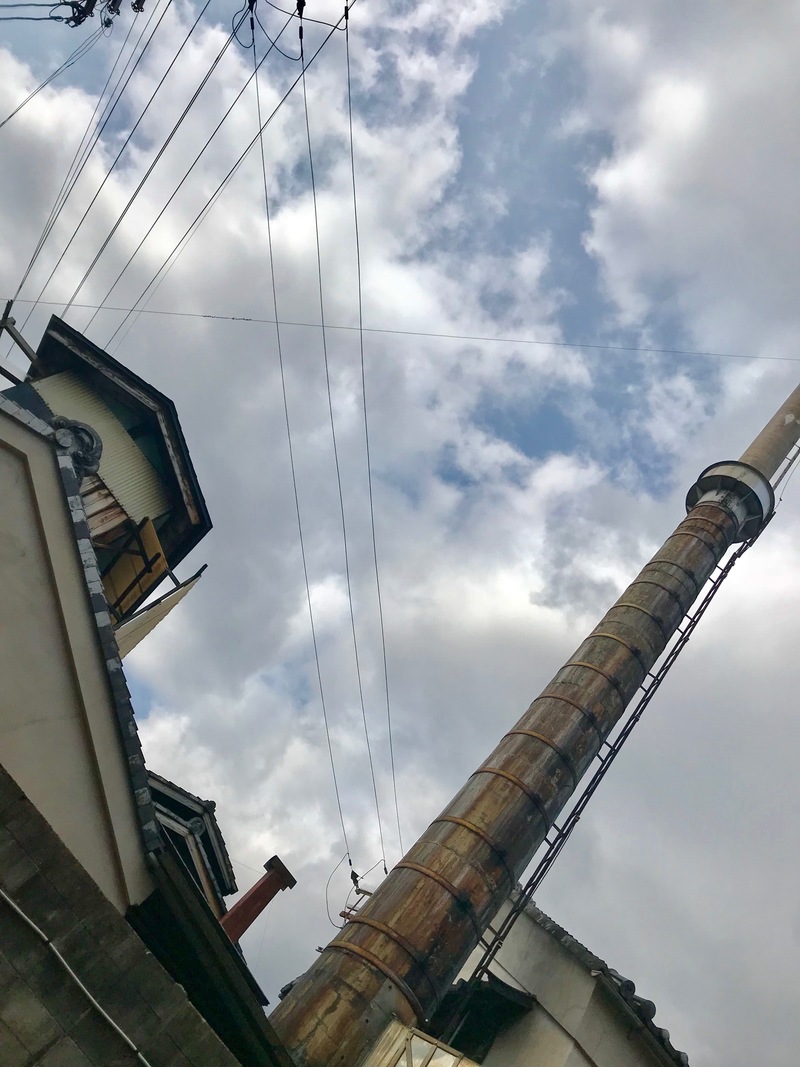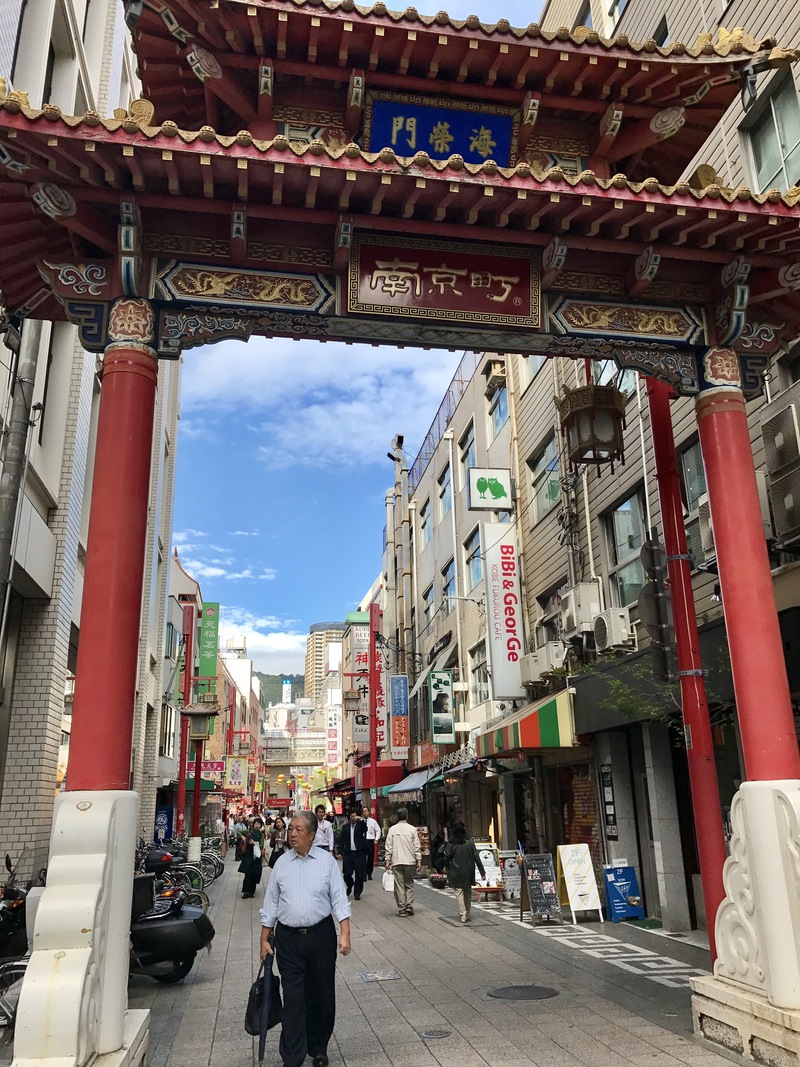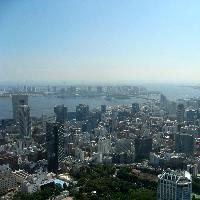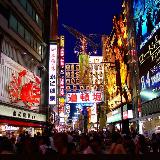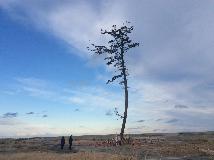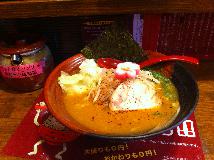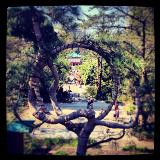While many train lines track across the greater Tokyo landscape, no train is more iconic than the silver and light green Yamanote-sen (line). Owned by Japan Railways (JR) and managed by JR Higashi Nihon, the Yamanote is one of the major inner city 'loops' that circles central Tokyo. There are twenty-nine stations around the loop, and trains run clockwise (sotomawari) and counter clockwise (uchimawari); during busy times of the day, these trains run about every two minutes!

A Yamanote line train
This recording was made in the late afternoon in January 2012. It starts out recording the ambient noise on the platform of the station, which is Shibuya Station, one of the major hub-stations on the loop that intersects with other lines. Listen for the highlights listed below, which demonstrate the intersection between recorded announcements and music with human voices, both amplified and unamplified, set against the sound of the trains:
First we hear a recorded announcement that the train is soon to arrive at the platform, and advising passengers about the danger of not standing behind the yellow line, and minding the gap between the train and the platform. (Mamonaku ichiban-sen ni Shinjuku, Ikebukuro houmen yuki ga mairimasu. Abunai desu kara ki'iroi sen made o-sagari kudasai. Densha to hoomu no aida wa, hiroku aite orimasu node, ashimoto ni go-chuui kudasai. :まもなく一番線に新宿、池袋方面行きがまいります。危ないですから、黄色い線までお下がりください。電車とホームの間は、広く開いております、足下にご注意ください。)
A male voice, the station master, follows this recording to emphasise the message.
The train arrives, the brakes make a whirring sound as it eases into the station. This is accompanied by a rush of air displaced by the train's entrance to the station.
The Shibuya Station music chimes in, marking the interim period by which it is safe to board and disembark from the train. During this time of motion, you can hear the passengers' voices as they move in and out of the train. We hear a live announcement: the train is about to leave: Shinjuku Ikebukuro houmen hassha itashimasu. 新宿、池袋方面、発車致します.
This followed by both recorded and live announcements, warning that the doors are about to close on Platform 1: (Ichiban-sen, doa ga shimarimasu. Go-chuui kudasai.: 一番線、ドアが閉まります。ご注意ください)
This is repeated again live: The doors are closing, watch the doors! (Doa ga shimarimasu...Shimaru doa ni gochuui kudasai. Shimarimasu. Yukkuri shimete kudasai: ドアが閉まります。閉まるドアにご注意ください。閉まります。ゆっくり閉めてください。)
We then hear the sound of the breaks releasing and the close of the doors.
A note from Thomas Baudinette
Not only are the sounds recorded in this clip interesting from a structural standpoint (in that they show us how train rides are sonically organised in Tokyo), but this recording is also very emotive. I am sure I'm not the only former resident of Tokyo who, upon hearing this recording, feels a certain sense of nostalgia. It is easy to understand why some Japanese men and women become collectors of the noises of famous train lines such as the Yamanote-sen since it plays such an important part in their lives. Indeed, whilst I was living in Tokyo, I rode this exact train everyday and still know the pre-recorded announcements by heart.
Recording and photo by Carolyn Stevens
Text by Carolyn Stevens
Thanks to Dr. Shimako Iwasaki who transcribed the linguistic components for us here
アナウンス:まもなく一番線に、新宿、池袋方面行きが参ります。危ないですから、黄色い線までお下がりください。電車とホームの間は、広く開いております。足下にご注意ください。
駅員:到着です。
((電車が到着する))
アナウンス:渋谷、渋谷。ご乗車、ありがとうございます。
((人が降りてくる音))
アナウンス:電車とホームの間は、広く開いております。
駅員:こちらはあいておりませんよ。
((客の話し声))
駅員:え~、新宿、池袋方面、発車致します。
アナウンス:一番線、ドアが閉まります。ご注意ください。
駅員:ドアが閉まります。閉まるドアにご注意ください。閉まります。ゆっくり閉めてください。
((ドアが閉まる音))
駅員:ゆっくり閉めてください。
